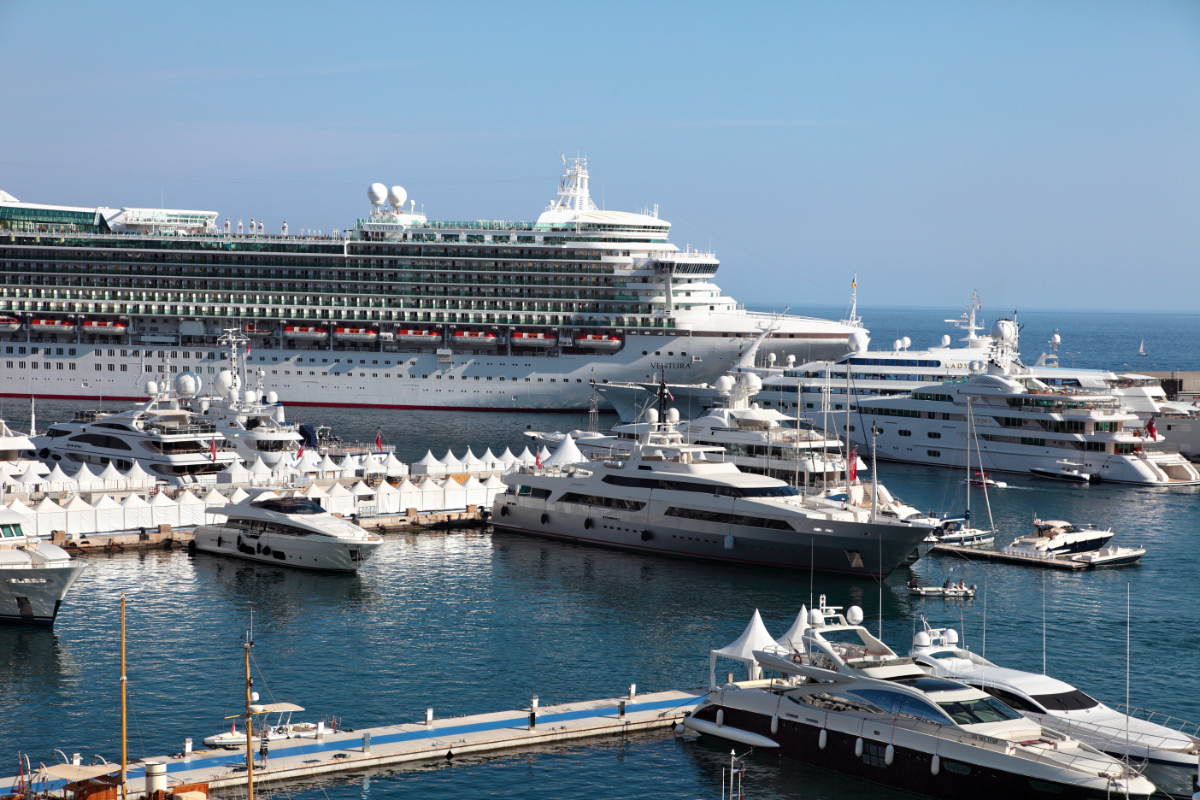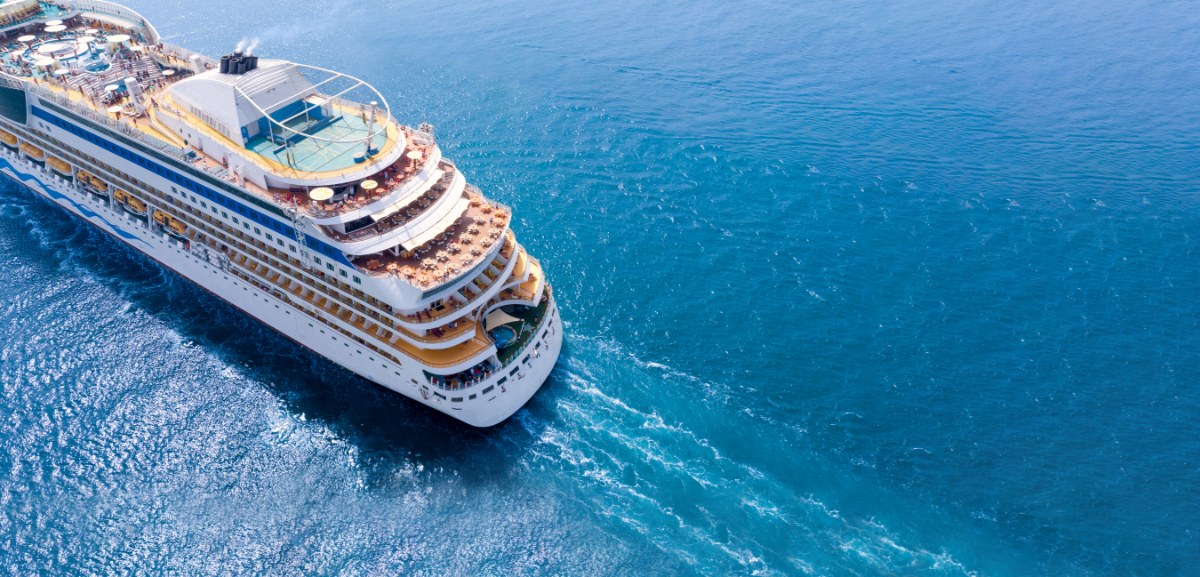People Can Get Lost
Cruise ships, with their large scale and intricate designs, can easily end up getting people lost. Hence, the emphasis on public safety onboard cruise ships is crucial. It's far from serene being lost in an unfamiliar location, and you end up squandering precious relaxation time trying to navigate around the ship's complex structure.
Understanding the vessel's layout is an obligation of the ship's crew and staff; they should provide intelligible information to help passengers understand the ship's layout. Implementing directional signs strategically, making intricate maps accessible, and having staff readily available to offer guidance are some of the measures that can be taken. Better comprehension of the ship's intricate layout will enable passengers to maximise their leisure time.
Public safety measures help ensure a relaxing, enjoyable and safe voyage, allowing passengers to make the most of their cruise experience without jeopardising their safety in the event of an emergency. The last thing people want is to be completely lost if something were to happen to the ship; therefore, being able to find everyone is extremely important.
Ultimately, the clearer passengers are about the layout and the locations of various facilities onboard, the more time they can devote to unwinding and enjoying the ship's activities. This way, rather than aimlessly walking around, people can maximise their time escaping their everyday lives.
Disease Outbreaks
The threat of disease outbreaks is a real and significant concern in tightly packed environments such as cruise ships. If proper public health safety measures are not implemented, various diseases can spread among the passengers and crew.
These can range from respiratory illnesses like Legionnaires’ disease, which can move through the ship's ventilation system, to gastrointestinal infections, which can be transmitted through contaminated food or unclean hands.
The risk of flu infection is also magnified in a closed environment like a cruise ship due to the proximity and frequency of human interactions.

Hepatitis A, known for its ability to survive in harsh environments, can also be contracted by consuming contaminated food or water or coming into contact with an infected person. The close quarters on cruise ships can escalate the speed and extent of disease transmission, emphasising the need for robust preventive measures.
Regular cleaning of all areas of the ship is essential, as is proper food handling and sanitation to avoid foodborne illnesses. Access to medical care is vital to quickly diagnose and treat any symptoms, mitigating the spread of diseases.
Reporting any outbreaks to both the relevant public and the passengers on board is also essential to manage the situation proactively and help prevent widespread panic. In short, rigorous adherence to health and safety regulations can significantly minimise the risk of disease outbreaks on a cruise ship. These measures ensure the welfare of all passengers and crew, allowing a safer and more enjoyable journey.
In Case Lifeboats Are Needed
While it may seem tiresome to participate in safety drills and lifeboat demonstrations on a cruise ship, they can't be emphasised enough for ensuring the safety and well-being of all passengers and crew members. Although a serious emergency on a cruise ship is quite scarce, having an in-depth evacuation plan can be a matter of life and death.
Every single passenger, without exception, needs to fully comprehend the safety guidelines provided. This includes understanding their designated lifeboat and muster station, as well as correctly applying a life vest - an essential piece of safety equipment that can be a lifeline in case of an emergency. The lifeboats, along with other safety equipment on the ship, should undergo routine maintenance and inspections.
Keeping these vital tools in top condition guarantees they are ready for use when required. A well-trained crew is highly significant; therefore, crew members must undergo comprehensive training in emergency procedures. This ensures they are prepared to guide passengers safely and effectively in high-stress situations.
The presence and proper functioning of lifeboats are important in order to guarantee public safety aboard a cruise ship. These structured and regularly practised procedures contribute to a safe and enjoyable cruise ship experience.
It Safeguards Against Crime
On a cruise ship, maintaining public safety is a crucial measure to help prevent crime. Although incidents of crime on these sea vessels occur relatively less frequently than on land, they cannot be ruled out entirely. Therefore, a robust and efficient security setup can be necessary.
A multifaceted security system can include an extensive network of surveillance cameras installed across various points of the ship. This allows for near-continuous monitoring of activities on board; thereby helping to deter any potential criminal behaviour.

What's equally important is the provision of well-lit areas throughout the ship. Since crimes often transpire in poorly lit areas, having bright and well-lit spaces can considerably reduce the chances of such incidents. Furthermore, secure door-locking systems in cabins and rooms offer an additional layer of protection. This initiative keeps passengers' belongings safe and reduces the likelihood of theft-related crimes.
Cruise Ships & Legionella Testing
Legionella is a potentially harmful bacterium that can lead to severe forms of pneumonia; a persistent health threat if not properly controlled. These bacteria can thrive in unique environments found on cruise ships, such as hot tubs, ornamental fountains, shower heads, and air conditioning systems.
Therefore, consistent testing for Legionella is crucial in upholding the health and safety measures for both the passengers and staff on cruise ships. Testing for Legionella not only helps identify the bacteria before it causes an outbreak but also helps provide efficient sanitisation and treatment processes. This preemptive step can avoid the risk of an outbreak, ensuring a safe and healthy cruising experience for everyone on board.
Legionella testing requires the expertise of trained professionals. In an ideal situation, these assessments should be part of comprehensive health and safety checklists and procedures. This approach ensures that all potential risks are adequately assessed and managed properly.
In sum, the importance of public safety on cruise ships is multifaceted and demanding, highlighting why it must never be overlooked. The scope ranges from thwarting disease outbreaks to avoiding criminal activity. All these safety actions directly influence the passengers' overall cruising experience and their overall well-being. Therefore, conducting regular testing for Legionella ensures a safe and enjoyable environment for cruises.

